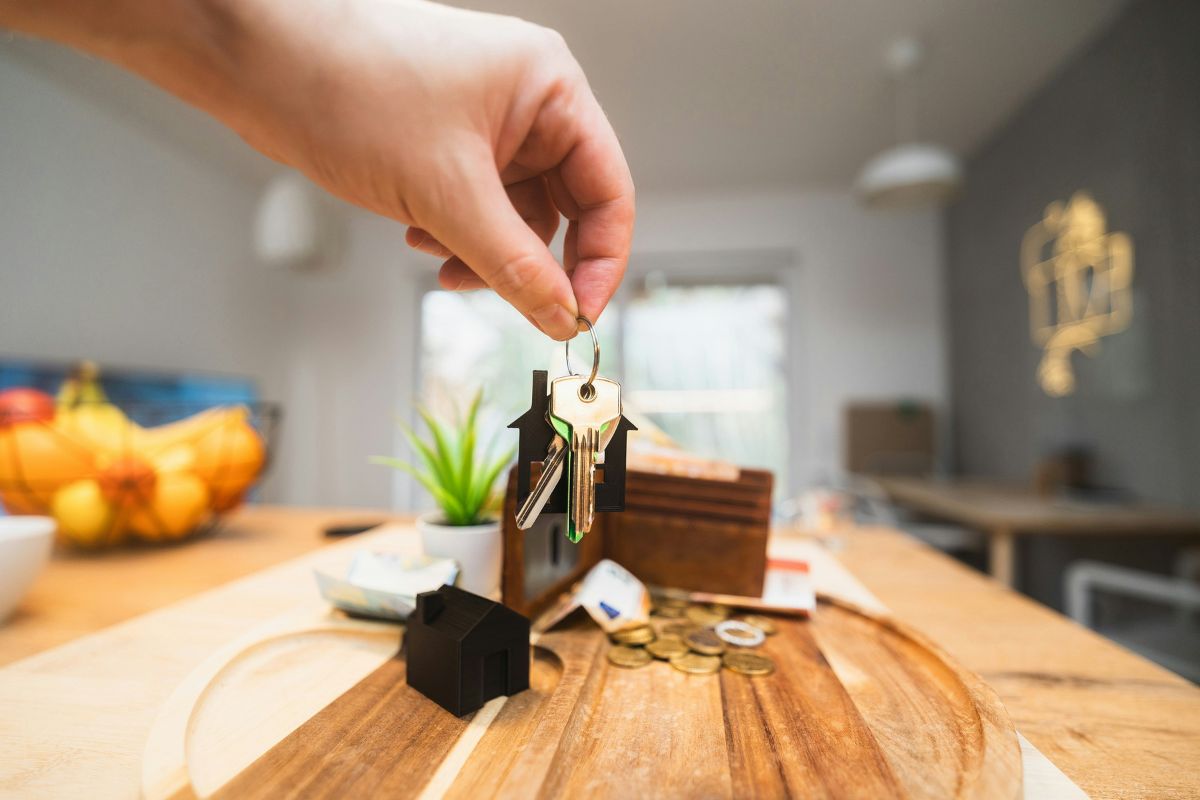Central Bank Digital Currency Explained
Central Bank Digital Currency Explained
The Reserve Bank of Australia has confirmed it is researching the potential introduction of a Central Bank Digital Currency (CBDC), which it says would “complement existing forms of money”.
Right now, the RBA issues physical cash in the form of banknotes…and digital money in the form of balances held in accounts. A CBDC would be a new digital form of money. The RBA says a CBDC could “potentially support a number of the Bank’s policy objectives, including safeguarding public trust in money and promoting efficiency, safety, resilience and innovation in payment systems and financial market infrastructures”.
But what would it really mean if we suddenly began seeing a new ‘RBACoin’, or ‘Aussie Dollar Coin’, etc.
We’re pretty much digital already right?
The move towards a digital currency is basically unstoppable. When most of us hear about digital currency, we simply think of the same old Aussie dollars and cents, but just represented as rising and falling numbers in our bank accounts. We’re already well and truly used to that concept. If you’re worried that numbers in your bank account aren’t actually worth anything…well you’re right, they’re not. They are only worth what the government and the RBA tell you they are. But that’s been the case with paper money and coins for decades anyway. A $100 note is worth no more than a $5 note if you look at what it’s made out of physically.
Tap and go transactions, digital transfers and payment via devices has already become the norm, while ATMs are fewer and far between and cash is almost nowhere to be seen (except in the wallets of tradies).
But if we went full digital with a CBDC, it would mean we would have zero control over our own money. Right now, we can still withdraw cash and stick it under the mattress. With a CBDC, the government would have full control over the money going in and out of our accounts.
The end of currency as we know it
All the extra money printed as stimulus during Covid has contributed to inflation getting out of control. And hyperinflation looms large as a major possibility.
History tells us that when hyperinflation rolls through an economy, the way out of it is a reset, where the original currency is replaced by a new one.
It could be that we will end up going from our cash dollar to a digital dollar. It might still be called “a dollar”. The Aussie government may entice people to use an RBA-issued digital wallet, through sign-on incentives like cashbacks, grocery credits, or free money. As people start using it, it will potentially replace currency and all transactions would be traceable.
Is this like Bitcoin?
In the sense that it is digital, yes. But that’s the extent of it. In essence, it couldn’t be more different. Existing digital currency like Bitcoin is about as pure a form of currency as you can get. It’s decentralised, which means it can’t be manipulated by central banks or governments.
Decentralised ledger technology is something that no one can change or manipulate. You might know ‘ledger’ technology as the blockchain. Essentially, you are still the master of your Bitcoin and it can’t be accessed or interfered with by the government.
Centralised currency issued by a government or central bank on the other hand, is easily controlled or manipulated.
Properties as an alternative
When currencies die and hyperinflation rears its head, quality assets with debt attached can help you navigate your way through.
Investment properties are the obvious one. They have physical value and re-sale demand, they return an income attached to inflation and their values will rise over time.
Then there are assets like gold or silver, or Bitcoin. These are things that have value and can be traded outside of a centralised system.



